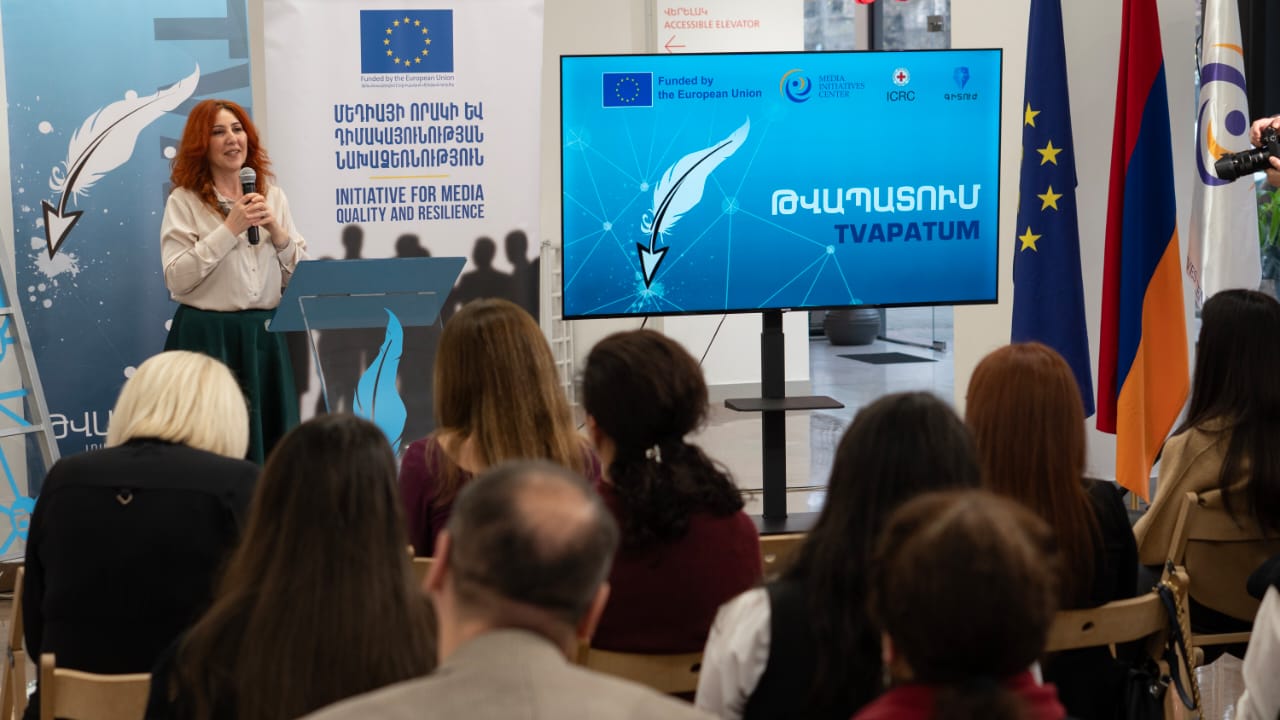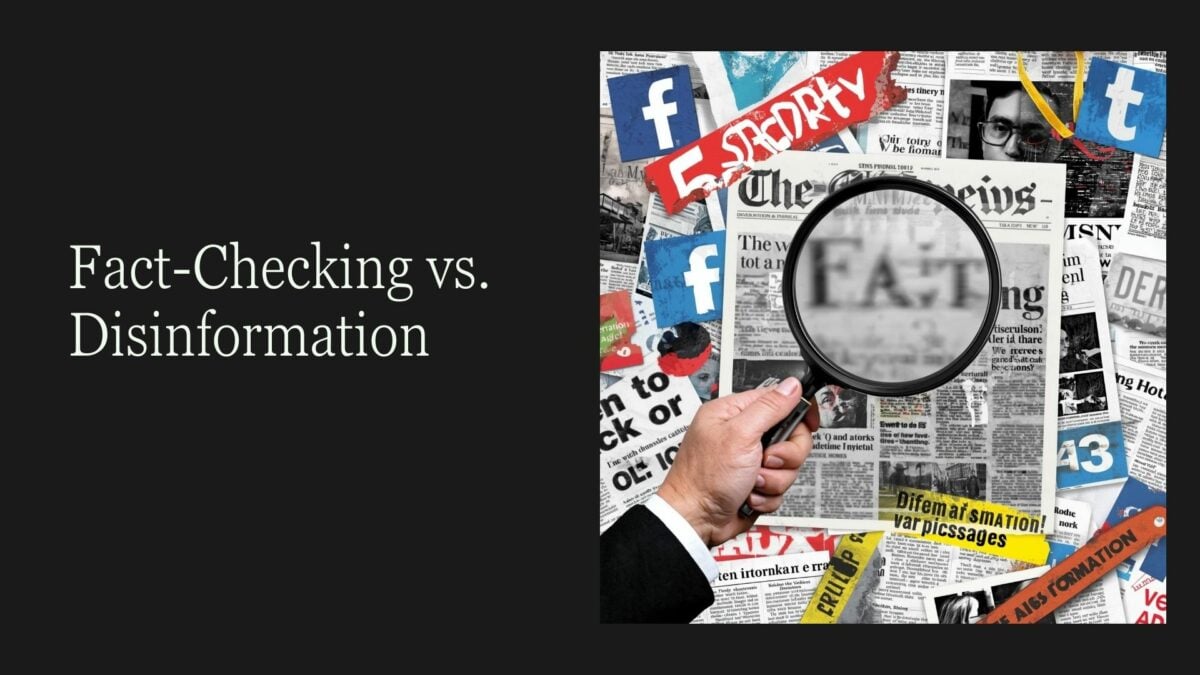During the regular procedural consultation on September 23 at Yerevan City Hall, Mayor Tigran Avinyan addressed rumors about poor air quality in Yerevan, calling them a myth. He stated that PM 2.5 particles are the primary measure of dust, and according to the monitoring devices, they indicate either low levels of dust or the lowest average dust levels.
Media.am’s fact-checking team, “Checked,” found that the mayor’s claim is misleading. This is because PM 2.5 (particulate matter) is not the only indicator used to measure the level of air pollution. The presence of larger PM 10 particles is also measured, and in most cases, their concentration exceeds the set maximum threshold in Yerevan.
Avinyan emphasized that two state bodies, the Hydrometeorology and Monitoring Center and the municipality, present different data.
“Currently, I have access to all our online devices. These devices provide data every minute and hour. The issue may lie in our methodology, so we must work with SNOC to identify the problem. It’s worth noting that the data from our devices aligns with the data from the car’s onboard devices. In other words, despite various discussions and claims about poor air quality in Yerevan, particularly high levels of dust, the primary indicator of dust, P.M 2.5, has consistently shown either low levels of dust or the lowest average dust levels for months now, according to these devices,” stated the mayor.
You can check the air pollution levels in specific areas on the Yerevan.am website, where air monitoring devices are installed. Sirarpi Haykazyan, head of the municipality’s Environmental Protection Department, mentioned that the number of monitoring devices has increased from 85 to 117 since August. These devices are placed in areas with high dust concentrations, such as construction sites.
The mayor and the department head did not provide data on another important measure of pollution, PM10, which is also published on the website. According to monitoring devices, the concentration of PM10 exceeded the recommended 60 micrograms in many cases.
The World Health Organization (WHO) has identified PM 2.5 particles as highly dangerous due to their small size, which allows them to penetrate deep into the lungs and enter the bloodstream. They can lead to serious health issues such as lung cancer, stroke, and heart disease, and are more harmful than larger particles (PM10). However, PM10 particles in the air are also dangerous and can cause significant health problems, particularly affecting the respiratory and cardiovascular systems. This is why it’s important to monitor the presence of both PM2.5 and PM10 particles.
Below you can find the addresses where the concentration of PM10 in the air exceeds the maximum of 60 micrograms.
Pollution in the 82/5 section of Aytsmenik Urartu is 4 times above the norm.

At 33 Arshakunyats it is 3 times higher above the norm.

At 123/4 and 125/5 Antarayin 2 times.
At 22 Dro, Qanaqer Zeytun almost two times above the norm.

At another address on the same street, at 13/1, it is almost three times higher.

At 45/1 Ulnetsi it is 10 times above the norm.

At 107/4 Mikoyan it is almost 11 times above the set norm.

At 17 Griboyedov it is higher almost 7 times.

When reviewing the monitoring data, we observed that the fine-grained dust (PM 2.5) mentioned at three locations exceeded the maximum limit of 35 micrograms set by law. Specifically, the levels are almost 55 at Khanjyan 7/2, 40 at Tsitsernakaberd Highway 11/1, and 105 at Davit Bek.

Screenshot: yerevan.am
The international hydrometeorological platform IQAir has reported a high level of air pollution in Yerevan. According to the latest data, the concentration of PM2.5 in Yerevan is 3.8 times higher than the norms set by the WHO.
It is important to consider not only small (PM2.5) and large (PM10) particles when measuring air pollution, but also ozone (O₃), nitrogen dioxide (NO₂), and sulfur dioxide (SO₂).
Thus, while PM2.5 is a primary indicator of health risks, it is essential to measure a broader range of pollutants to fully evaluate air quality and its impact on health.







